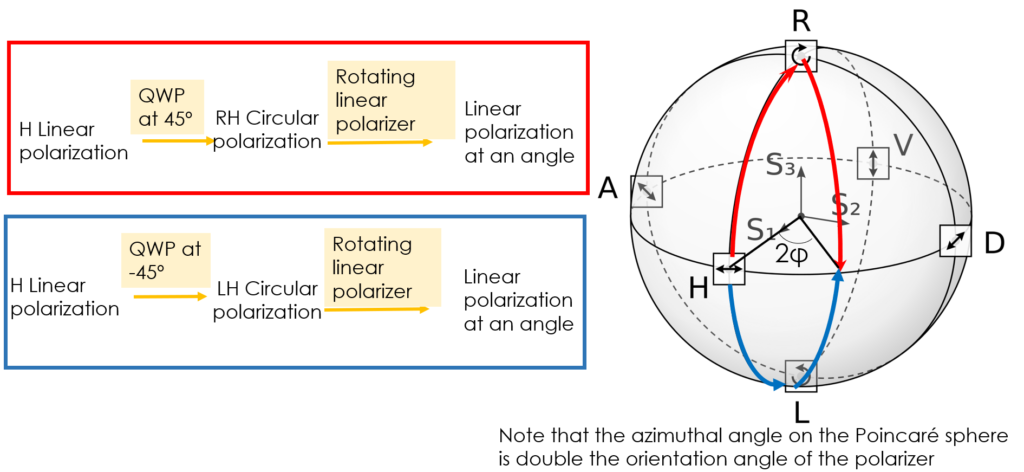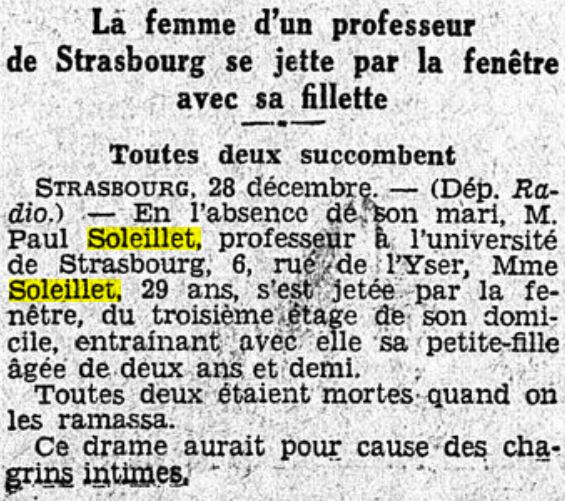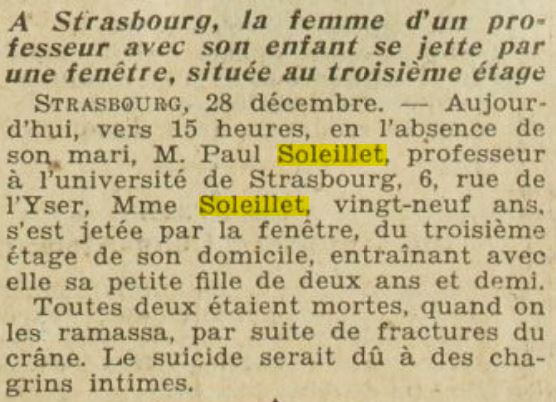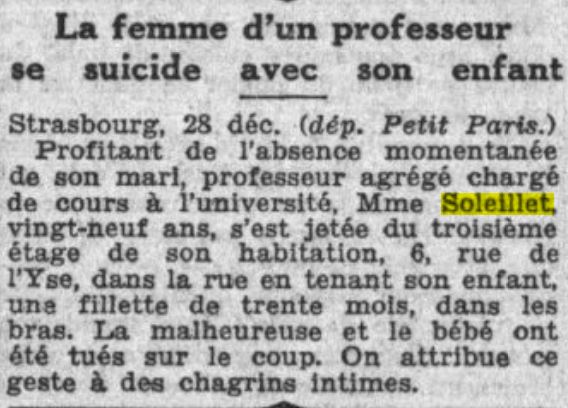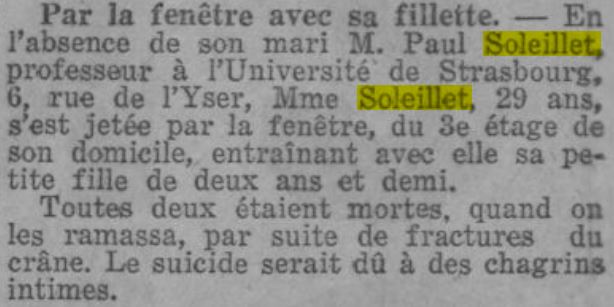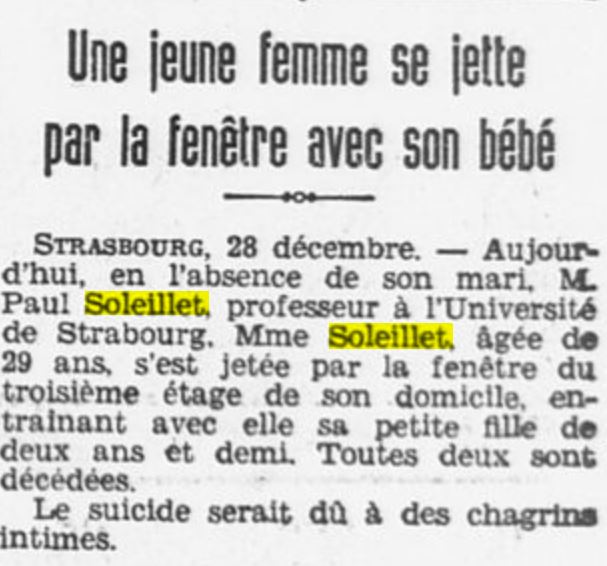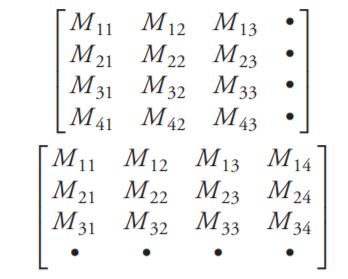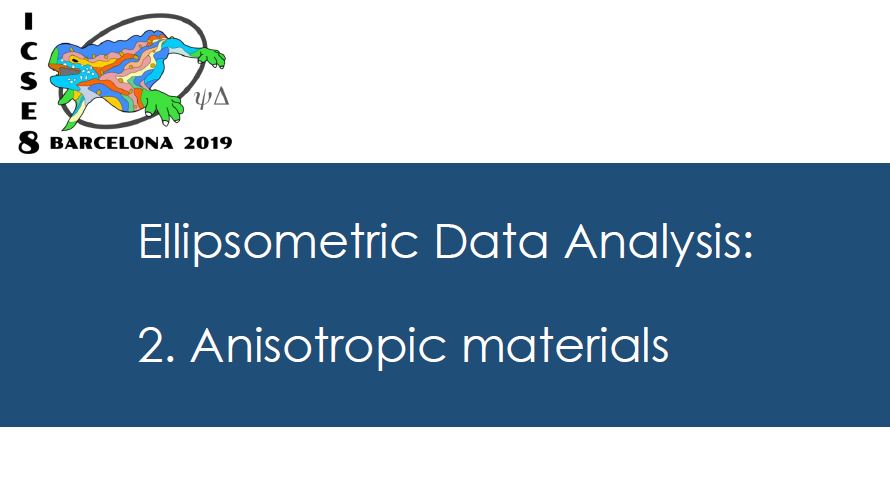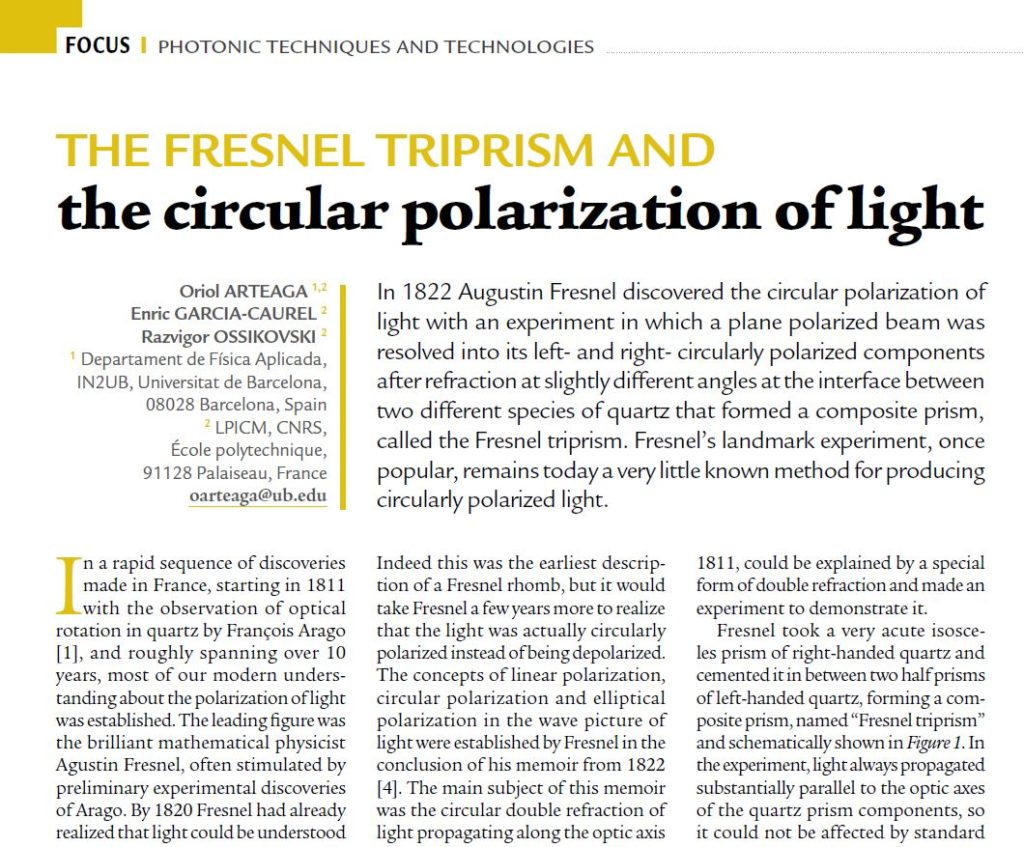I got involved in the committe of this new webinar series that has been promoted by Thomas Germer.
This series of webinars will bring together an international audience interested in exploring topics associated with optical polarization and related phenomena. Monthly webinars will be presented by leaders in the field, and ample time will be provided for live discussion of the topic. Initiated during the COVID-19 pandemic, the series will attempt to replicate as much as possible the dynamics of in-person conferences.
More information is available https://groups.google.com/g/the-henri-poincare-webinar-series and you can join there the mailing list.
REGISTER: HERE
The scheduled initial speakers are:
• September 29, 2020 – 1500 UTC – Miguel Alonzo (Institut Fresnel)
• October 27, 2020 – 1300 UTC – Federico Capasso (Harvard University)
• November 24, 2020 – 1300 UTC – Frans Snik (Universiteit Leiden)
• December 29, 2020 – open
• January 26, 2020 – 1300 UTC – Bart Kahr (New York University)
Henry Poincaré did many things in Polarization Optics but AFAIK he never draw his famous Sphere.


